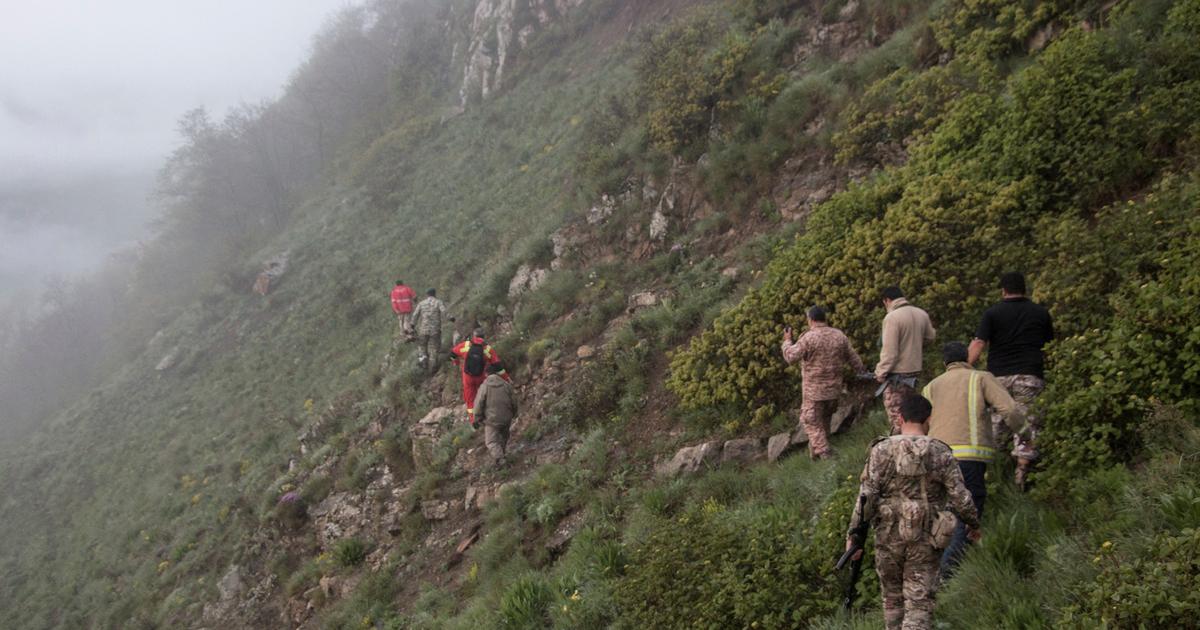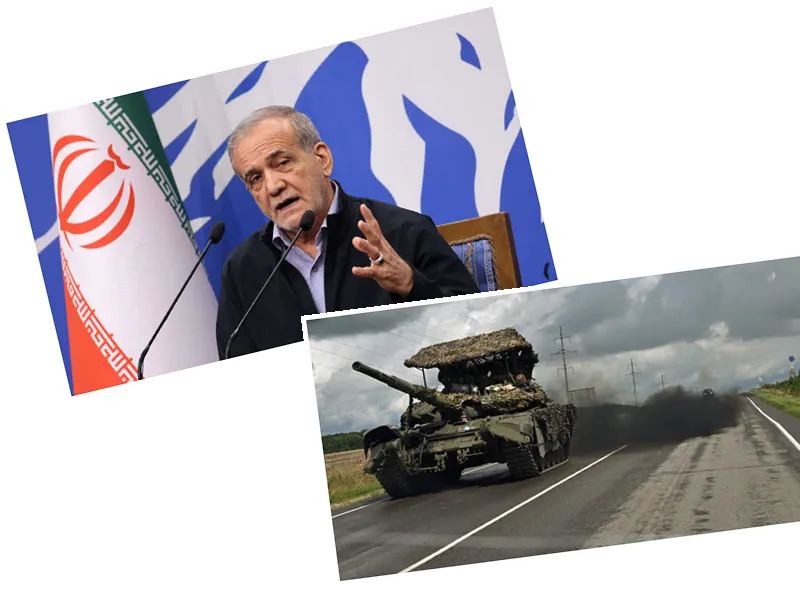Iran Uses Domestic Drones to Locate Helicopter Crash Site Involving President Raisi
In a significant development in Iran, the armed forces announced Wednesday they had successfully used domestic drones to locate President Ebrahim Raisi's helicopter after it crashed in northwest Iran, resulting in multiple fatalities. The helicopter went missing early Sunday and was later found using Iranian-made drones, which were initially on a mission in southern Iran.
Rescue operations commenced Sunday afternoon, with efforts complicated by the challenging mountainous and wooded terrain under difficult weather conditions. The helicopter, an American-designed Bell 212, had vanished in East Azerbaijan province, leading to a media frenzy and a wave of national concern. Neighboring Turkey had dispatched a drone equipped with night vision to aid the search, but it failed to pinpoint the crash site and returned to Turkey.
Gholam Hossein Esmaili, the presidential chief of staff, provided an account of the incident on state television. He was in one of the delegation's three helicopters and recalled clear weather conditions on takeoff. However, about 30 minutes into the flight, the pilot signaled the helicopters to ascend above a cloud zone. The presidential helicopter then disappeared without any prior turbulence, leading to failed attempts at radio contact and subsequent emergency landing efforts.
Iranian Forces Chief of Staff Mohammad Bagheri has ordered an investigation into the crash's causes. Meanwhile, footage of the ongoing search was broadcast on Iranian television, inciting public prayers and concerns, particularly in Tehran and the holy city of Mashhad.
The main authority of the Islamic Republic, Ayatollah Ali Khamenei, urged the nation to pray for the president and his entourage, reassuring citizens of no expected disturbances. Despite the challenges, authorities remained hopeful in their rescue efforts under adverse weather conditions, emphasizing reliance on drones to aid both the search and possible rescue missions.
- Uncertainty has gripped Iranians since the accident, with some television channels altering their schedules to cover the ongoing rescue operations. The media aired live updates alongside images of citizens praying, reflecting the national anxiety surrounding President Raisi's fate.
- Ayatollah Ali Khamenei, the supreme leader, reassured the Iranian people that the country would remain stable despite the incident. In contrast, the Interior Minister Ahmad Vahidi highlighted the search's difficulties due to the region's steep and wooded terrain, exacerbated by heavy rain and poor visibility.
- Public sentiment was one of widespread sadness and hope for the president's safety. Citizen testimonials and widespread discussions on social media underscored the emotional impact of the tragedy, drawing comparisons to past national traumas.






